Sony A7C II vs A7CR
Weighing up the Sony A7C II vs A7CR? We compare Sony’s two new lookalike cameras to reveal the key differences
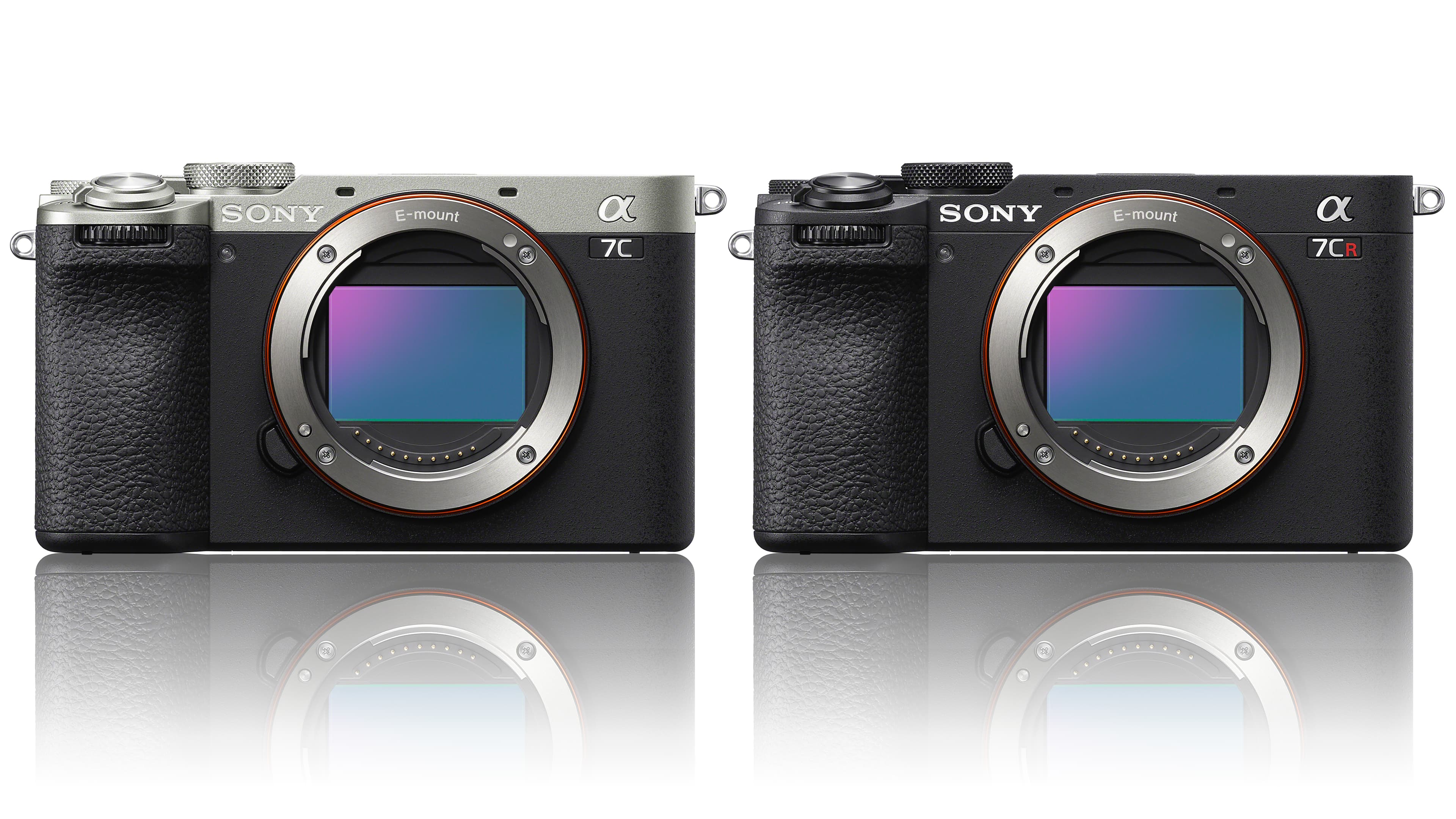
The original Sony A7C has been around for quite a while, so it’s no surprise that Sony would plan a replacement, but instead of one new A7C model we have two! Are you looking for resolution or video capabilities? This is perhaps the bottom line for our Sony A7C II vs A7CR comparison, but there are some other differences (and similarities) to take into account.
We’ve always felt that the Sony A7C should be in our list of the best Sony cameras, but we’ve always been underwhelmed by its handling. Sony has always bigged up its small size, though if you were to shave the viewfinder off the top of the regular A7 models you’d end up with a camera that’s much the same size.
Not only that, the A7C’s appearance of compactness relies heavily on the retracting Sony FE 28-60mm kit lens launched at the same time. This lens’s size is the only real thing in its favor, and if you want to use many of the best Sony lenses, and especially the G Master optics, you might find the small body a hindrance not a help.
Anyhow, Sony likes the A7C body design so much that it’s launched two new variants. The Sony A7C II has a great deal in common with the Sony A7 IV (just as the Sony A7C did with the A7 III), while the Sony A7CR could be considered a kind of ‘rangefinder’ version of the mighty A7R V.
So which of these two cameras should you choose? It’s certainly not as simple as saying the most expensive must be the best! It all depends on the features and capabilities that are most important for the kind of photography – and video – that you do, and despite the price difference, both cameras put up a pretty strong argument.
Sony A7C II vs A7CR
Why you can trust Digital Camera World
1. Sensor
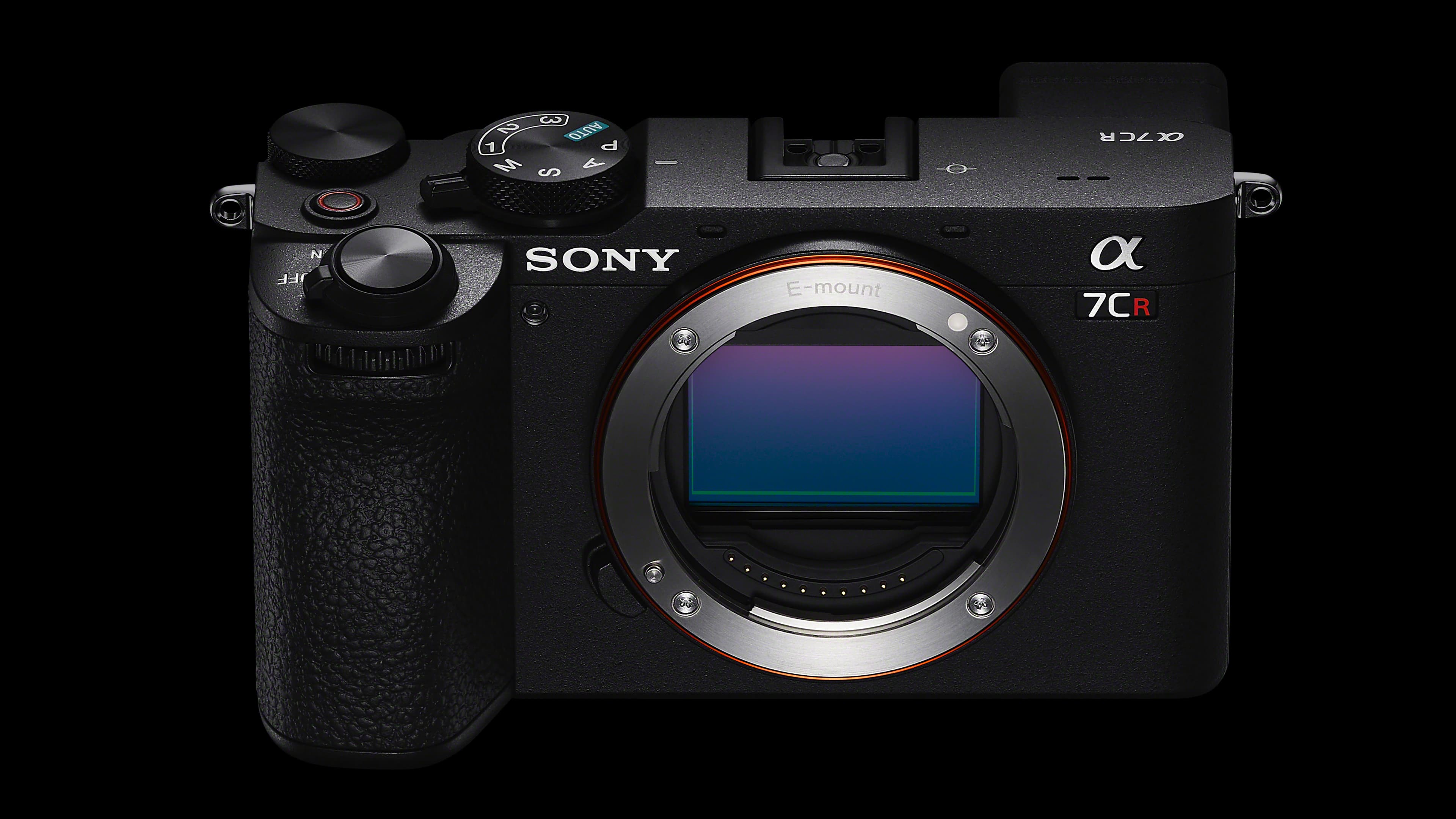
• Sony A7C II: 33MP full frame Exmor R CMOS, BIONZ XR
• Sony A7CR: 61MP full frame Exmor R CMOS, BIONZ XR, Pixel Shift 241MP
The Sony A7C II and A7CR both have full frame CMOS sensors, but there is a big difference in the resolution, as the A7CR has almost twice the resolution at 61 million pixels versus 33 million. That does sound like a huge leap, but it’s worth taking a quick reality check. The A7C II’s 33MP resolution is already well ahead of the 24/26MP resolution of competing hybrid cameras, and for many stills photographers this will be plenty.
The Sony A7CR may hold the promise of even higher levels of detail, but this many not be necessary (nice, but not necessary) for many, and it does compromise the A7CR’s video capabilities. You actually can have too much resolution, especially for video, where the excess data over that needed for 4K video brings its own problems, as we’ll see in the Video section below.
2. ISO range
• Sony A7C II: 100-51200, exp 50-204800
• Sony A7CR: 100-32000, exp 50-102400
As we would expect, the lower-resolution Sony A7C II has a higher ISO range. There are fewer photosites, so they are larger and more sensitive to light. With a maximum standard ISO of 51200, the A7C II is 2/3 of a stop more sensitive than the A7CR, and a full stop more sensitive in its expanded mode.
Is that significant? Unless you specialize in low light photography, probably not, as both cameras offer ISOs higher than most photographers would willingly go. If you are looking for significant differences, though, then the A7C II does have a small technical advantage in low light.
3. Video
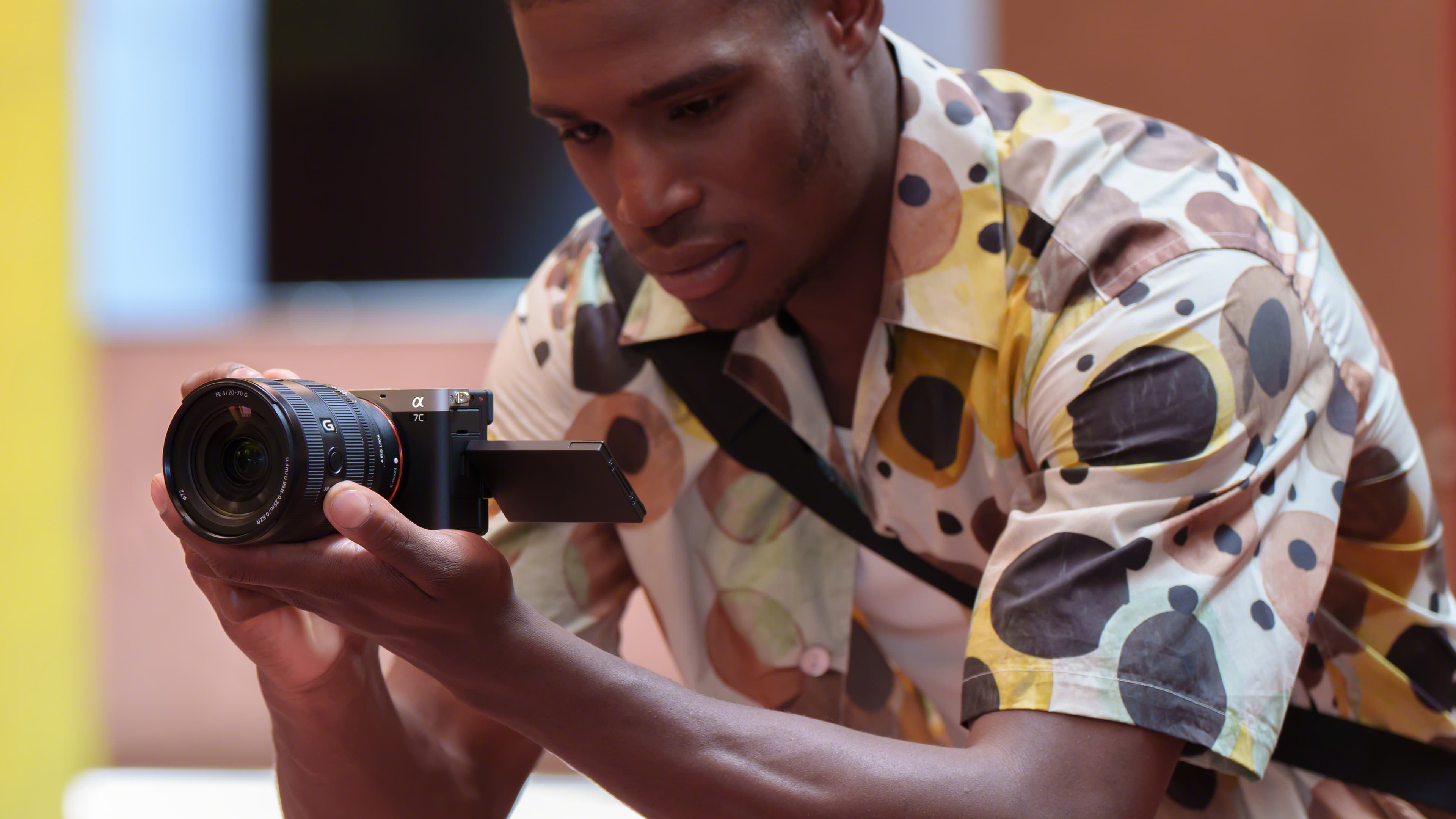
• Sony A7C II: 4K UHD 30p full width oversampled from 7K, 60p in Super35 mode, FHD 120p, 4:2:2 10-bit, Long GOP or All-I, S-Cinetone, S-Log3, custom LUTs, AI-based Auto Framing (with crop)
• Sony A7CR: 4K UHD 30p, 60p with 1.2x crop, 30p with 6.2k oversampling in Super35 mode, FHD 120p, 4:2:2 10-bit, Long GOP or All-I, S-Cinetone, S-Log3, custom LUTs, AI-based Auto Framing (with crop)
This is where the higher resolution of the Sony A7CR really holds it back. To put it simply, the sensor captures too much data for full-width video capture using ‘oversampling’, which is generally accepted as the best way to capture high-quality video. This means the A7CR, while looking a close rival on paper, is heavily compromised by crop factors. You can capture full-width 4K 30p, but without oversampling. If you want better-quality oversampled 4K 30p footage, you have to swap to a Super35 (APS-C size) crop mode. And while the A7CR can capture 4K 60p video, this again is not oversampled and comes with a 1.2x crop.
The Sony A7C II is the better camera for video. It can capture 4K 30p full-width oversampled video, and 4K 60p oversampled in its Super35 crop mode. This is something of a limitation too – neither camera is a particularly powerful video tool by the standards of the best hybrid cameras – but the A7C II offers far fewer restrictions. If it’s a capable stills/video hybrid camera you’re looking for, the A7C II isn’t just cheaper, it’s better.
4. Autofocus
• Sony A7C II: 759 phase detect AF points, 94% coverage, AI processing unit, Subject Recognition (human, animal, bird, insect, car/train and airplane recognition, human pose estimation), Real Time Tracking, Breathing Compensation
• Sony A7CR: 693 phase detect AF points, 79% coverage, AI processing unit, Subject Recognition (human, animal, bird, insect, car/train and airplane recognition, human pose estimation), Real Time Tracking, Breathing Compensation
Both cameras feature Sony’s latest and best AI-driven subject recognition and tracking autofocus technologies, inheriting the dedicated AI processor first seen in the Sony A7R V. Technically, the A7C II has more AF points covering a wider area, but the A7CR is not so very far behind, and with 79% frame coverage, the AF points do go almost to the edges of the frame.
The Breathing Compensation feature is becoming a standard fixture on Sony hybrid cameras and compensates for subtle changes in subject magnification as it goes in and out of focus, though this only works with lenses compatible with the Breathing Compensation feature.
5. Stabilization
• Sony A7C II: 5-axis IBIS, 7 stops, Active Mode (slight crop) with gyro data
• Sony A7CR: 5-axis IBIS, 7 stops, Active Mode (slight crop) with gyro data
Sony’s in-body stabilization system gets an update in these two cameras, now with a claimed 7 stops of compensation. These cameras also capture gyro data during video capture for precise stabilization in Sony’s Catalyst Browse video software. Technically, there’s nothing to choose between them – the stabilization features are the same in both cameras.
6. Continuous shooting
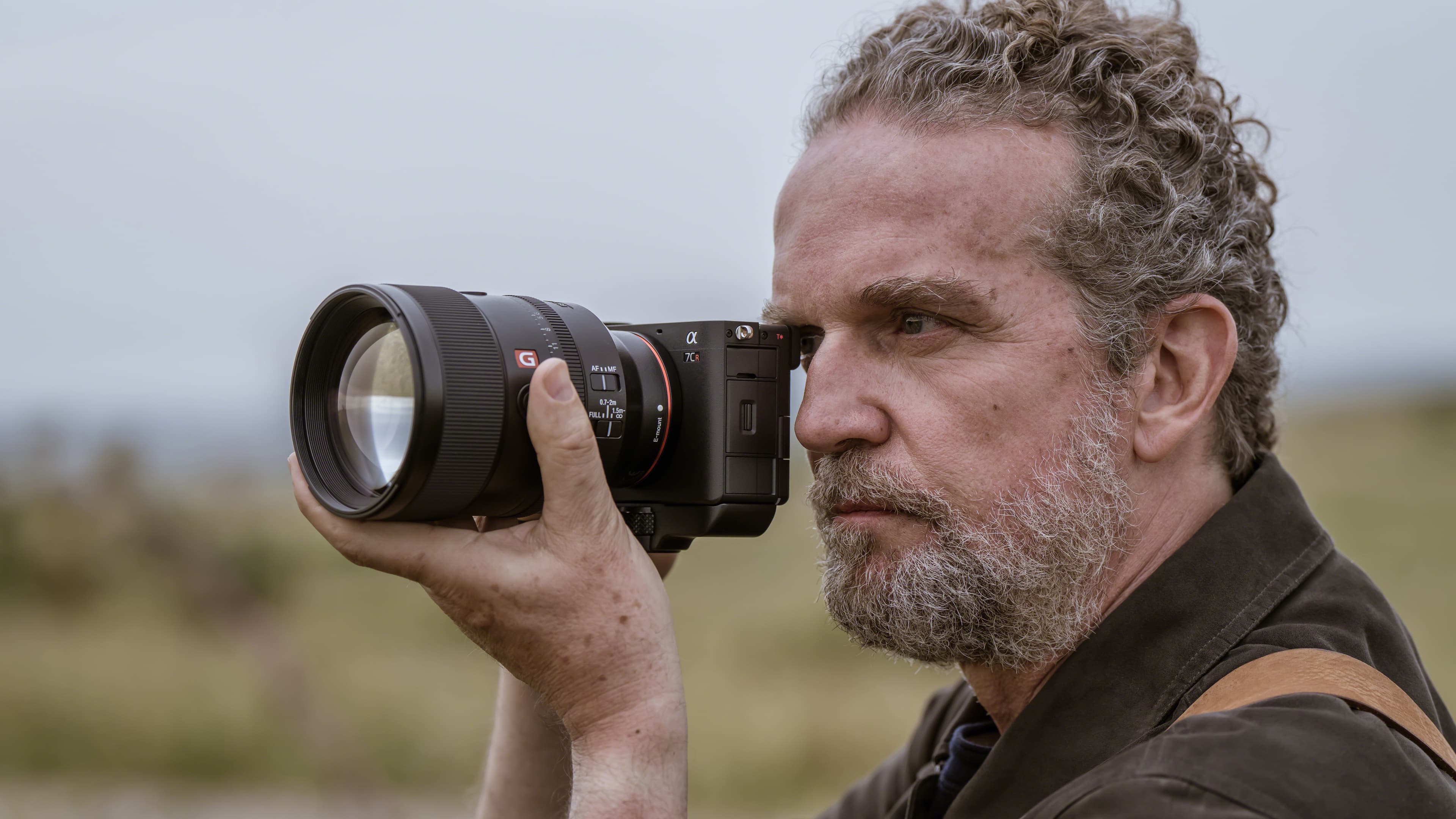
• Sony A7C II: 10fps, 8fps in live view mode, 1000+ JPEG, 44 raw
• Sony A7CR: 8fps, 7fps silent shooting, 1000+ JPEGs, 36 raw
The Sony A7C II is a little faster in burst mode than the Sony A7CR, offering 10fps capture vs 8fps. But while this is pretty fast for everyday hybrid cameras as opposed to sports specialists, the buffer capacities do hold them back. The A7C II and A7CR bacn both capture 1000+ JPEGs in a burst, but if you want to shoot raw files, you’ll be limited to 44 and 36 images respectively, which is a burst of little more than 4 seconds.
7. Displays
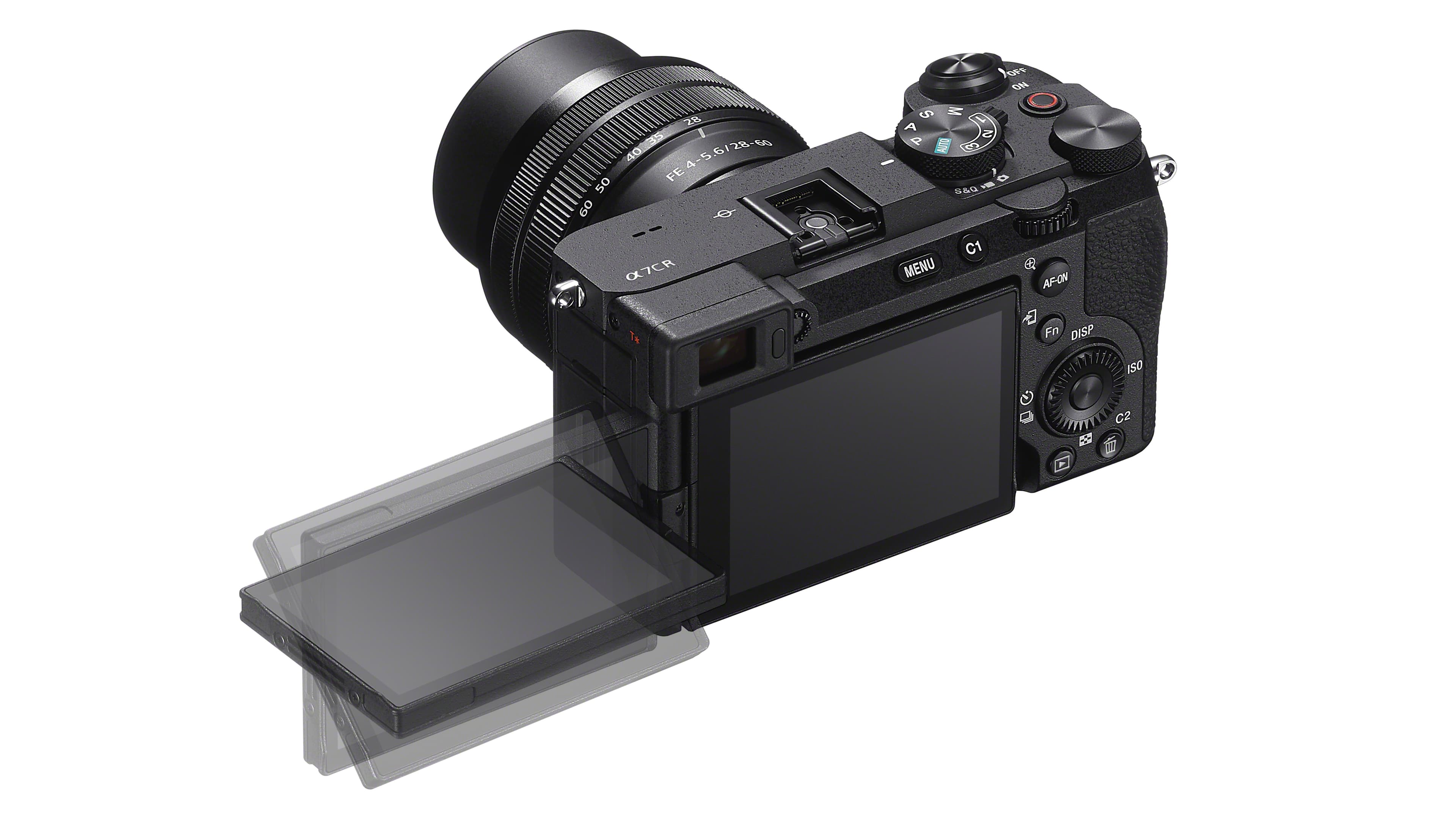
• Sony A7C II: 2.36m dot OLED EVF, 0.7x magnification, 3-inch vari-angle, 1.037m dots
• Sony A7CR: 2.36m dot OLED EVF, 0.7x magnification, 3-inch vari-angle, 1.037m dots
These cameras aren’t cheap, so it’s a shame Sony didn’t splash a bit more cash on the displays. Both cameras have a somewhat disappointing 2.36m dot OLED EVF and a 3-inch vari-angle touchscreen with 1.037 million dots. The EVF and rear screen specifications are adequate but no more. That’s particularly disappointing in the Sony A7CR, which is an expensive camera.
8. Storage
• Sony A7C II: 1x SD UHS II
• Sony A7CR: 1x SD UHS II
Sony’s more advanced hybrid and professional cameras use combined SD/CFexpress Type A card slots for speed and flexibility, but the Sony A7C II and A7CR stick to a single SD UHS II card slot. Anyone hoping for a better/faster storage option on the A7CR will be disappointed.
9. Connectivity
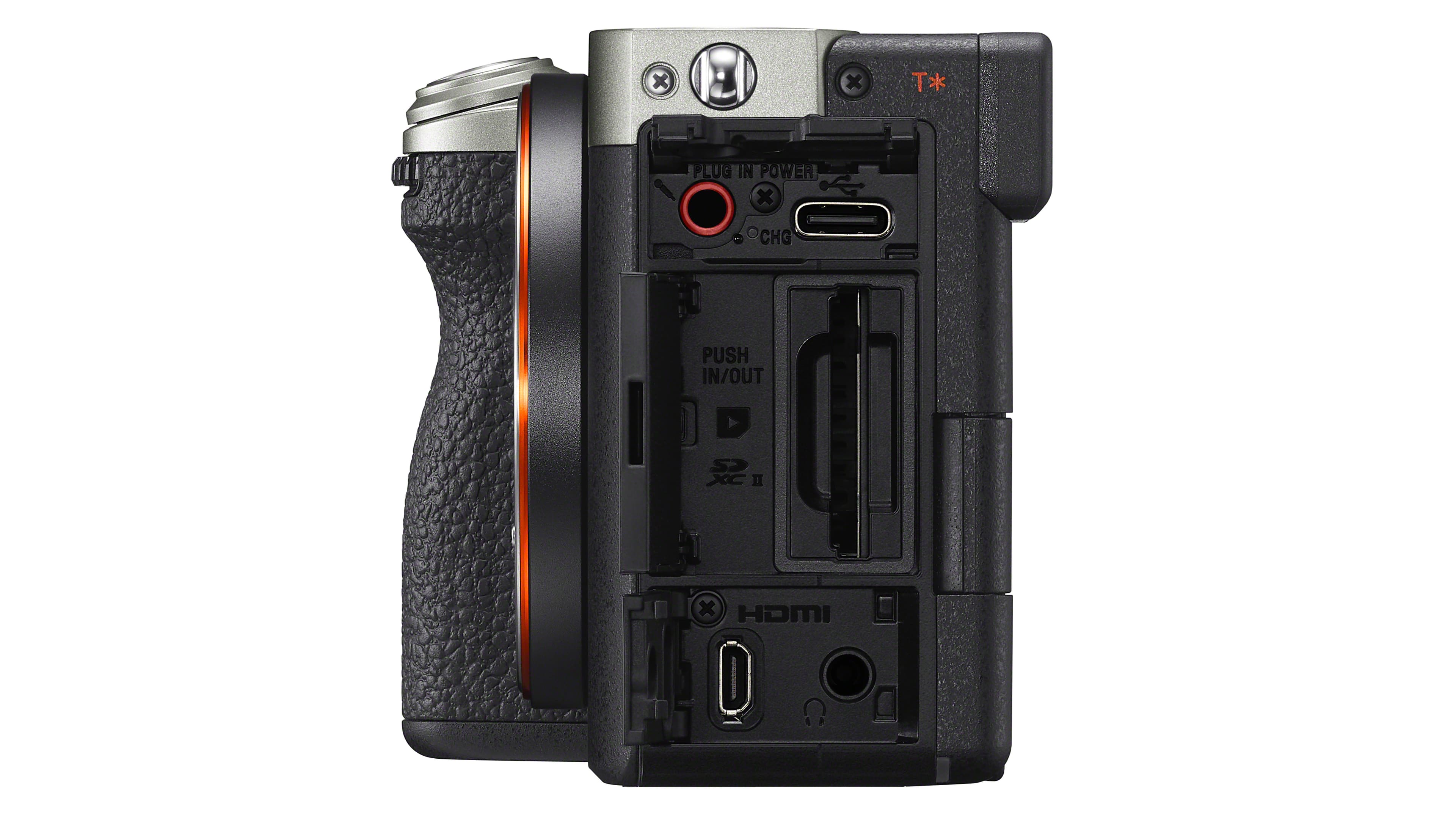
• Sony A7C II: USB Type-C, HDMI micro, MI interface, mic, headphone, Wi-fi, Bluetooth
• Sony A7CR: USB Type-C, HDMI micro, MI interface, mic, headphone, Wi-fi, Bluetooth
The Sony A7C II and A7CR are physically identical, so it’s no surprise they share the same connection ports. The HDMI micro socket is a compromise – filmmakers prefer full-size HDMI – but you do get Sony’s MI hotshoe interface for attaching its clever digital mics. Or you can go old-school and connect a regular analog mic via a 3.5mm jack, and headphones for audio monitoring too.
10. Battery
• Sony A7C II: NP-FZ100, 530 shots (EVF), 560 shots (LCD)
• Sony A7CR: NP-FZ100, 490 shots (EVF), 530 shots (LCD)
The camera bodies are identical and so are the batteries. Both cameras use Sony’s beefy and long-lasting NP-FZ100 lithium-ion cells, though the A7C II squeezes out just a few more shots per charge. It’s a small difference, though, and certainly not worth tilting your camera choice on way or the other.
11. Size
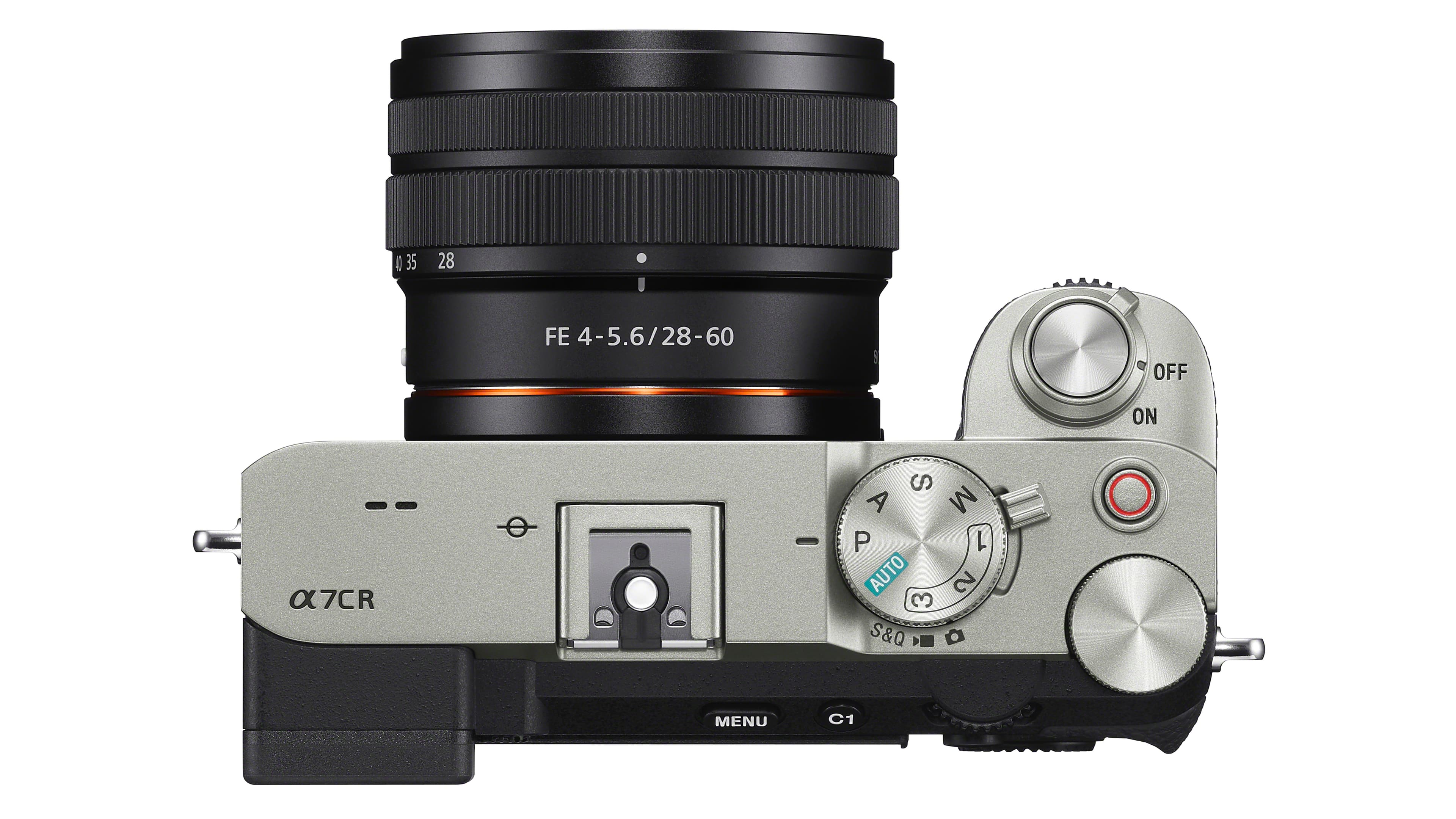
• Sony A7C II: 124.0 x 71.1 x 63.4mm, 429g
• Sony A7CR: 124.0 x 71.1 x 63.4 mm, 430g
We’re not sure how the Sony A7CR gains an extra 1g in weight over the A7C II, but that’s a minute difference you’re never going to notice in practice and, with identical physical dimensions, these two cameras are equally portable and stowable. Neither camera has any advantage here, though if you are going to use G Master lenses to make the most of the A7CR’s sensor, you might find its small body and modest grip size work against it.
12. Price
• Sony A7C II: $2198 / £2099
• Sony A7CR: $2998 / £3199
These are not cheap cameras, but then you are getting some very advanced technologies and features. They both cost about what we would expect, and even the price difference between them seems broadly about right.
However, they are designed for two very different jobs. The Sony A7CR is all about resolution. It can do other things fairly well, like video and continuous shooting, but resolution is what it’s made for – and what you’re paying for.
But if what you want is a more rounded hybrid camera with a great balance of stills and video features, the A7C II does seem better value. It’s two-thirds the price of the A7CR, but better in every respect except for resolution – and with 33MP on tap, it’s already ahead of most rivals in this respect anyway.
Sony A7C II vs A7CR: conclusions

These are two very interesting cameras, but despite looking identical on the outside, they cater for two very different types of user. The Sony A7C II is the cheapest and also the most straightforward. It’s a logical successor to the original A7C, with a newer, higher resolution sensor and much improved video capabilities. It’s a versatile, compact content creation tool ideal for travel and vlogging, say.
The Sony A7CR is harder to place. It houses Sony’s highest resolution sensor in the company’s smallest and perhaps least ‘professional’ body. It easily beats the A7C II for resolution, but not for anything else. In fact, it’s definitely more limited as a video camera.
It does come down to what you want most – resolution or versatility. But while we can see the sense in the Sony A7C II, it’s harder to make a case for the A7CR, where the better-handling Sony A7R V might surely be a more logical choice, or even the older (and cheaper) A7R IV.
Get the Digital Camera World Newsletter
The best camera deals, reviews, product advice, and unmissable photography news, direct to your inbox!

Rod is an independent photography journalist and editor, and a long-standing Digital Camera World contributor, having previously worked as DCW's Group Reviews editor. Before that he has been technique editor on N-Photo, Head of Testing for the photography division and Camera Channel editor on TechRadar, as well as contributing to many other publications. He has been writing about photography technique, photo editing and digital cameras since they first appeared, and before that began his career writing about film photography. He has used and reviewed practically every interchangeable lens camera launched in the past 20 years, from entry-level DSLRs to medium format cameras, together with lenses, tripods, gimbals, light meters, camera bags and more. Rod has his own camera gear blog at fotovolo.com but also writes about photo-editing applications and techniques at lifeafterphotoshop.com
